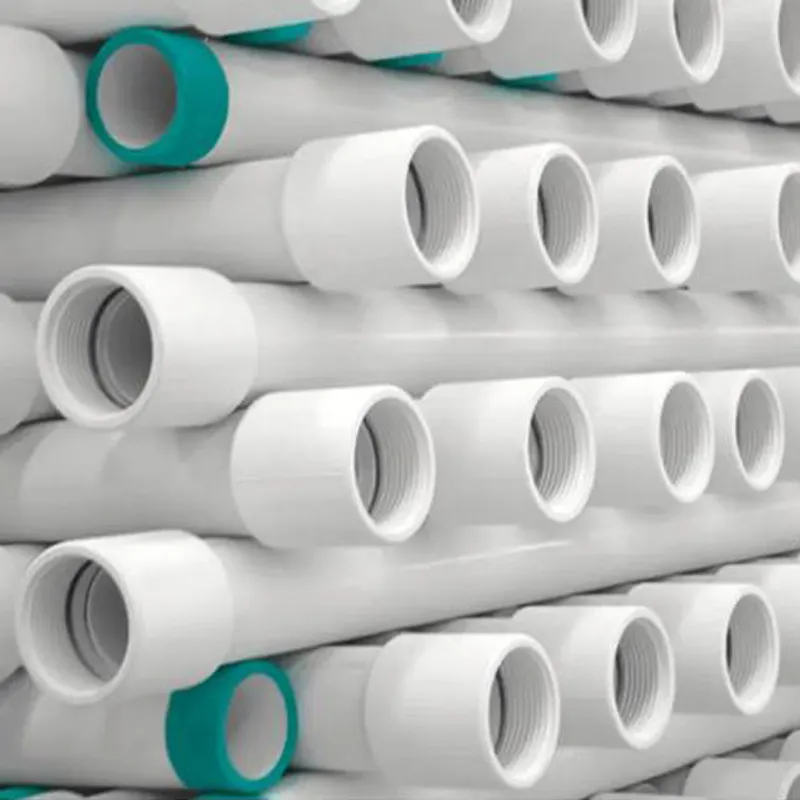Dec . 01, 2024 19:12 Back to list
water pipe kitchen sink products
Understanding Water Pipes for Kitchen Sinks A Comprehensive Guide
When it comes to plumbing, the kitchen sink is one of the most critical areas in a household. Its efficient operation relies heavily on an array of components, chief among them being water pipes. Understanding the various types of water pipes available for kitchen sinks, their installation processes, maintenance tips, and potential issues is essential for homeowners and DIY enthusiasts alike.
Types of Water Pipes for Kitchen Sinks
1. PVC (Polyvinyl Chloride) Pipes PVC pipes are one of the most common options for kitchen sink plumbing. They are lightweight, resistant to corrosion, and relatively inexpensive. PVC pipes come in many diameters, allowing for versatile plumbing solutions. Their smooth surface ensures good water flow, reducing the risk of clogs. However, they are not suitable for hot water, as extreme temperatures can cause them to warp.
2. CPVC (Chlorinated Polyvinyl Chloride) Pipes CPVC is similar to PVC, but it can withstand higher temperatures, making it suitable for both hot and cold water. It's also resistant to chemicals, making it ideal for kitchen environments where various substances might flow through the pipes.
3. PEX (Cross-linked Polyethylene) Pipes PEX pipes are flexible, making them easier to install in tight spaces. They are available in various diameters and can handle both hot and cold water. One of the biggest advantages of PEX is its resistance to scale and chlorine, which helps maintain water quality. However, PEX may not be suitable for outdoor applications, as prolonged exposure to sunlight can degrade its material.
4. Copper Pipes Copper has been a tried-and-true plumbing material for many years. It's durable, resistant to corrosion, and naturally antimicrobial, which helps maintain hygienic water flow. However, copper pipes can be more expensive and require soldering, which might not be ideal for DIY projects.
5. Galvanized Steel Pipes Although less common today, galvanized steel pipes were traditionally used for plumbing. They are quite durable but can corrode over time, leading to rust and reduced water quality. Additionally, installing galvanized pipes can be labor-intensive due to their weight.
Installation Process
The installation of water pipes for kitchen sinks involves several steps
1. Planning the Layout Before installation, it's crucial to plan the layout of the pipes, considering the sink's location, water source, and drainage needs.
water pipe kitchen sink products

2. Gathering Tools and Materials Depending on the type of pipe chosen, you will need specific tools. Common items include pipe cutters, wrenches, and fitting connectors.
3. Cutting and Fitting Pipes For PVC or CPVC, cut the pipes to the required length and use solvent cement to bond the joints. For PEX, use crimp rings and a crimping tool. Copper requires soldering, which necessitates heating the joints to seal them.
4. Testing for Leaks Once the installation is complete, it's essential to test for leaks by running water through the sink. Inspect all joints and connections, tightening any loose fittings.
Maintenance Tips
To ensure the longevity of your kitchen sink water pipes, consider the following maintenance tips
- Regular Inspections Check for signs of wear, leaks, or corrosion. Early detection can prevent more significant problems down the line. - Clear Clogs Promptly If you notice slow drainage, address it immediately to prevent pressure build-up in the pipes. Baking soda and vinegar is an eco-friendly solution for minor clogs. - Avoid Chemical Drain Cleaners These can be harsh on pipes, especially older ones. Opt for natural solutions instead. - Insulate Pipes In colder climates, insulating pipes can prevent freezing and bursting during winter.
Common Issues and Solutions
- Leaking Pipes This can occur due to loose fittings or damaged seals. Tighten connections and replace seals as needed. - Clogs Accumulation of food particles and grease can cause clogs. Use a plumbing snake for stubborn blockages. - Discoloration of Water If you notice rust or discoloration, it may be a sign of corrosion. Consider replacing affected sections with more durable materials like PEX or CPVC.
Conclusion
Understanding water pipes for kitchen sinks is essential for any homeowner. By selecting the right materials, following proper installation procedures, and performing regular maintenance, you can ensure your kitchen plumbing functions efficiently for years to come. Whether tackling projects yourself or hiring professionals, knowledge about your plumbing system will empower you to make informed decisions, keeping your kitchen running smoothly.
-
High-Quality PVC Borehole Pipes Durable & Versatile Pipe Solutions
NewsJul.08,2025
-
High-Quality PVC Perforated Pipes for Efficient Drainage Leading Manufacturers & Factories
NewsJul.08,2025
-
High-Quality PVC Borehole Pipes Durable Pipe Solutions by Leading Manufacturer
NewsJul.08,2025
-
High-Quality PVC Borehole Pipes Reliable PVC Pipe Manufacturer Solutions
NewsJul.07,2025
-
High-Quality UPVC Drain Pipes Durable HDPE & Drain Pipe Solutions
NewsJul.07,2025
-
High-Quality Conduit Pipes & HDPE Conduit Fittings Manufacturer Reliable Factory Supply
NewsJul.06,2025

